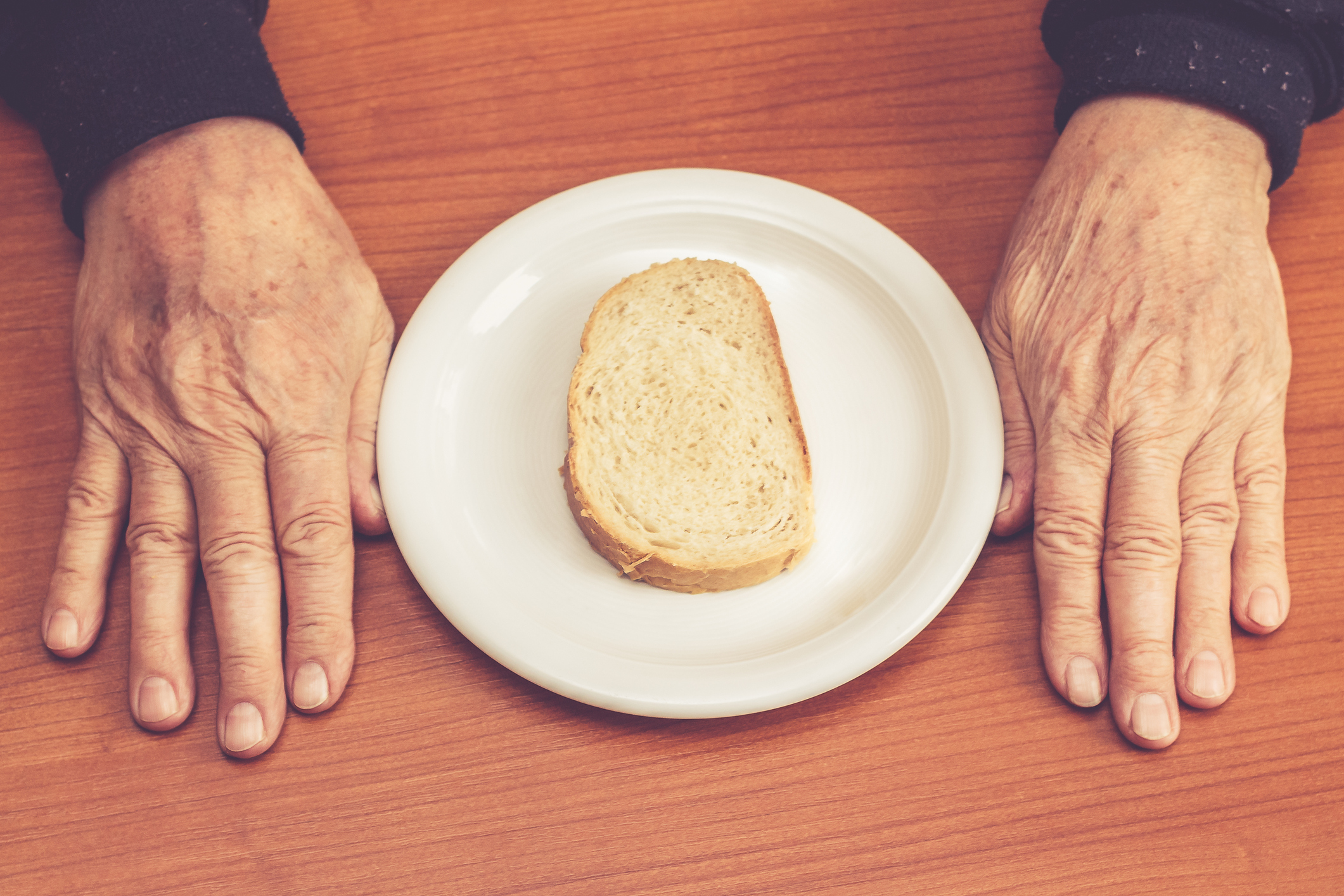Nearly 6 million (or 1 in 11) American seniors face hunger today and with soaring numbers of baby boomers reaching old age, that number is expected to double, all while programs like Meals on Wheels are threatened.
Providing elderly adults with home delivered meals not only feeds at-risk seniors, meal delivery programs also help keep older people living at home, independently, longer. And volunteers who visit seniors are not just providing a delivery service, they are often the only person an elderly adult living alone may see in a day. This face-to-face contact is important to help combat social isolation and loneliness while also providing an opportunity for someone to check for any changes in health, behavior or living conditions.
And while waiting lists for Meals on Wheels services grow, so too does the number of seniors living alone with chronic illness who rely on services like this to remain at home. Many low income seniors, more than 7 million, also rely on help from food banks. Feeding America reports that many seniors are faced with a choice between paying for their prescription medication and buying groceries.
But what is being done to help older adults aside from food banks and community volunteers? Amazon has taken a step in the right direction offering a significant discounted prime membership for households that meet the requirements for SNAP (Supplemental Nutrition Assistance Program) or similar programs. And Amazon will also take part in a U.S. Department of Agriculture pilot program which allows food stamps to be redeemed online; great news for seniors who no longer drive.
To learn about Amazon’s special enrollment for qualifying customers with an EBT (Electronic Benefits Transfer) card follow this link.
To read more about food insecurity among seniors visit Feed America here.






Add Your Voice
0 Comments
Join the Discussion